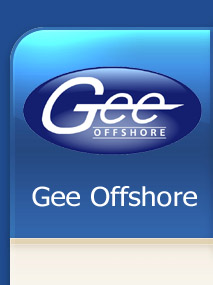 |
|
 |
 |
| DANGEROUS GOODS |
 |
| HAZARDOUS CLASSES |
 |
|
Class Number
|
Hazard Class Information
|
| Class 1 |
Explosive (We do not carry Class 1 goods) |
| 1.1 |
Substances with a mass explosion hazard |
| 1.2 |
Substances which present a projection hazard but no mass explosion hazard |
| 1.3 |
Substances which present both a fire hazard and a minor blast or projection hazard (or both) but not a mass explosion hazard |
| 1.4 |
No significant hazard |
| 1.5 |
Very insensitive substances with a mass explosion hazard |
| 1.6 |
Very insensitive articles with no mass explosion hazard |
| Class 2 |
Gases |
| 2.1 |
Flammable gases.
Gases which ignite on contact with an ignition source, such as acetylene and hydrogen. |
| 2.2 |
Non-flammable, non-toxic gases.
Gases which are neither flammable nor poisonous. |
| 2.3 |
Toxic gases.
Gases liable to cause death or serious injury to human health if inhaled, examples are fluorine, chlorine, and hydrogen cyanide. |
| Class 3 |
Flammable liquids |
| Packing Group I |
If they have an initial boiling point of 35°C or less at an absolute pressure of 101.3 kPa. |
| Packing Group II |
If they have an initial boiling point greater than 35°C at an absolute pressure of 101.3 kPa and a flash point less than 23°C, such as petrol and acetone. |
| Packing Group III |
If the criteria for inclusion in Packing Group I or II are not met, such as paraffin and diesel. |
| Class 4 |
Flammable solids (*We do not carry Class 4.2 goods) |
| Class 4.1 |
Flammable solids, self-reactive substances and solid desensitised explosives that are easily ignited and readily combustible (nitrocellulose, magnesium, matches). |
| Class 4.2 |
Materials liable to spontaneous combustion* |
| Class 4.3 |
Solid substances that release flammable gases or react violently in contact with water (sodium, calcium, potassium, calcium carbide). |
| Class 5 |
Oxidizing substances and organic peroxides |
| Class 5.1 |
Oxidizing agents other than organic peroxides (calcium hypochlorite, ammonium nitrate, hydrogen peroxide). |
| Class 5.2 |
Organic peroxides, either in liquid or solid form (benzoyl peroxides). |
| Class 6 |
Toxic and infectious substances |
| Class 6.1 |
Toxic substances which are liable to cause death or serious injury to human health if inhaled, swallowed or by skin absorption. |
| Class 6.2 |
Infectious and Biohazardous substances.
Category A: Infectious; and Category B: Samples (virus cultures, pathology specimens, used intravenous needles). |
| Class 7 |
Radioactive substances and articles (We do not carry Class 7 goods) |
| Class 8 |
Corrosive substances. |
| Class 8.1 |
Corrosive substances that can dissolve organic tissue or severely corrode certain metals.
Acids: sulphuric acid, hydrochloric acid. |
| Class 8.2 |
Alkalis: potassium hydroxide, sodium hydroxide. |
| Class 9 |
Miscellaneous dangerous substances and articles. Class 9 includes items such as asbestos, automotive airbags, lithium batteries and
environmentally hazardous substances which don't fit into any of the other 8 classes. |
|
The numerical order of the classes and divisions does not indicate the degree of danger.
Marine Pollutants
Many of the substances assigned to classes 1 to 9 are deemed as being marine pollutants.
Certain marine pollutants have an extreme pollution potential and are identified as severe marine pollutants. |
 |
Hazard Diamonds
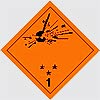

 Class 1
Class 1
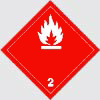
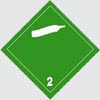
 Class 2
Class 2
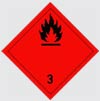
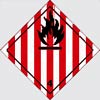

 Classes 3 and 4
Classes 3 and 4



 Classes 5 and 6
Classes 5 and 6
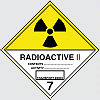

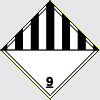 Classes 7, 8 and 9
Classes 7, 8 and 9
|
 |
If you require any further assistance please contact us on 01274 48 48 48
|
 |
 |
